
Question and Answers Forum
Question Number 74742 by TawaTawa last updated on 30/Nov/19
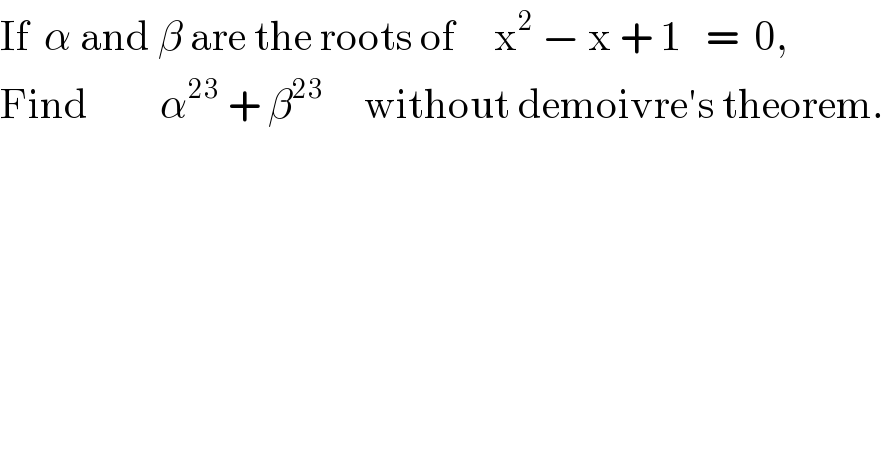
Commented by abdomathmax last updated on 02/Dec/19
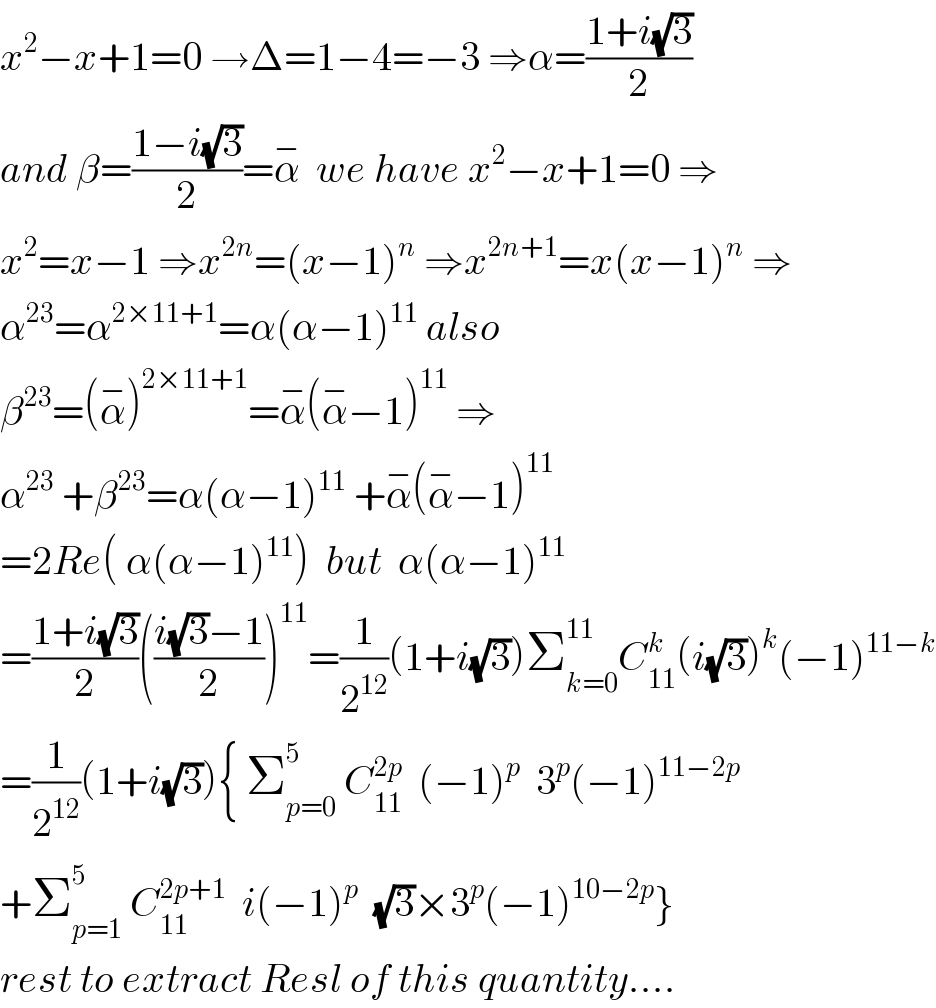
Answered by Smail last updated on 30/Nov/19
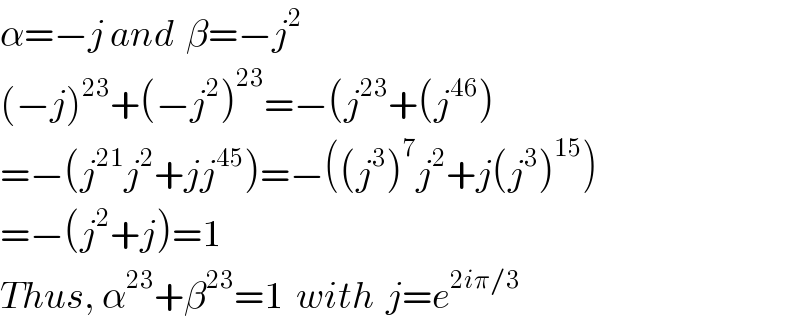
Commented by TawaTawa last updated on 30/Nov/19

Commented by TawaTawa last updated on 30/Nov/19

Answered by mind is power last updated on 30/Nov/19
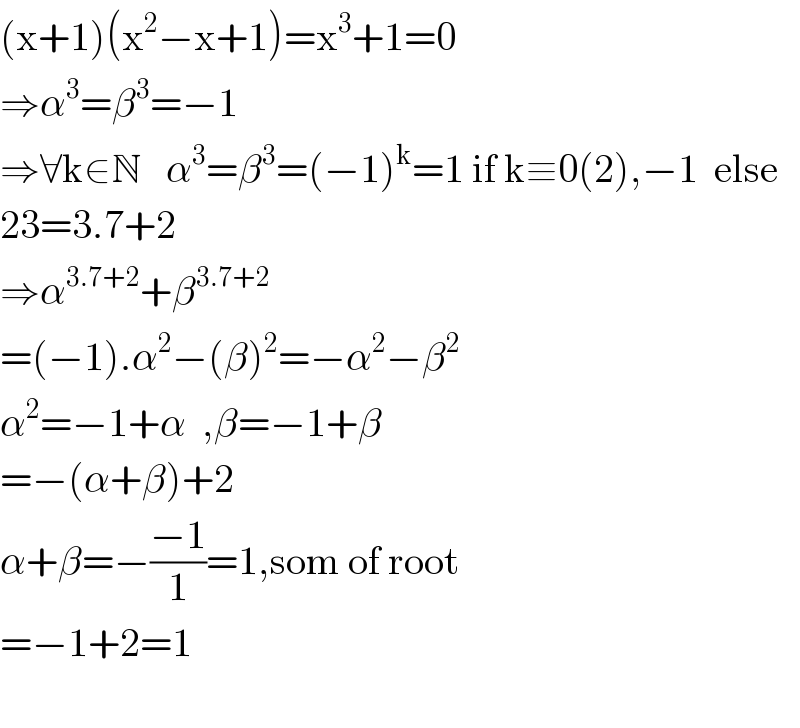
Commented by TawaTawa last updated on 30/Nov/19

Commented by TawaTawa last updated on 30/Nov/19

Commented by mind is power last updated on 30/Nov/19
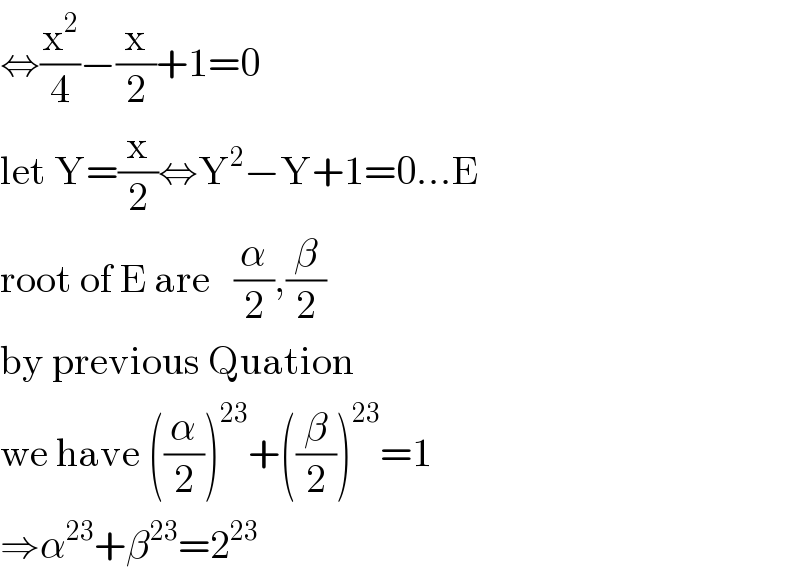
Commented by TawaTawa last updated on 30/Nov/19

Commented by TawaTawa last updated on 30/Nov/19

Commented by TawaTawa last updated on 30/Nov/19

Commented by TawaTawa last updated on 30/Nov/19

Commented by mind is power last updated on 30/Nov/19

Commented by TawaTawa last updated on 30/Nov/19

Commented by TawaTawa last updated on 30/Nov/19

